In figure 12 of these EMI Design Guidelines for USB Components, I can see that VBUS and Gnd signals from the USB receptacle are bypassed with ferrite beads and then connected to their respective power and ground planes, while the USB receptable itself is tied to the ground plane at its connection points. Following this guide, my design should look like the one below:
However, after reverse engineering the PCB layout of a simple wired Razer mouse, I saw that they implemented the filtering of the ground signal slightly differently. Specifically, the ground signal from the USB cable is tied to the ground plane (no f.bead) while the USB shield* connects to the ground plane through a ferrite bead.
*Noted that in this case the USB cable is not connected to the PCB via a standard micro-B USB receptable like in the first case, but instead through a permanently attatched vertical 2mm pitch 5-pin header. So when I say shield for this second case I mean the 4th pin of the Razer USB cable which is the extension of a bundle of thin copper wires (acting as a shield) that are wrapped around the other 4 wire signals (V, D-, D+, GND). In the first case, where a USB receptable is used, the 4th pin is the ID pin meant for something else , unrelated to this question.
My question: Are those two methods of connecting the gnd signal to the respective ground plane similar in terms of EMC performance, or should I expect to see my board fail at the test house after following one design over the other? I would be inclined to follow the design guide had I not seen an actual product designed in a different way.

